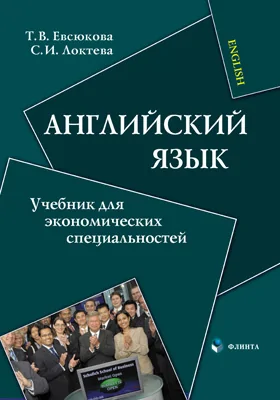Английский язык : для экономических специальностей
Место издания: Москва
ISBN: 978-5-9765-0115-7
Страниц: 357
Артикул: 11352
Возрастная маркировка: 16+
Краткая аннотация книги "Английский язык"
В учебник включены контрольные задания, тексты для перевода и реферирования, рекомендации по переводу и реферированию текстов, грамматический справочник, грамматические упражнения и тесты с ключами. Учебник составлен в соответствии с современными методическими подходами на основе аутентичных материалов по специальности. Для студентов, аспирантов и преподавателей экономических факультетов вузов.
Содержание книги "Английский язык"
Предисловие
Методические указания
Работа со словарем
Методические указания к реферированию и переводу
Тренировочные упражнения по реферированию текста
Тексты для реферирования и перевода
Контрольные задания
Краткий грамматический справочник
Упражнения на повторение и закрепление грамматического материала
Тесты
Ключи к упражнениям на повторение и закрепление грамматического материала
Ключи к тестам
Глоссарий
Библиографический список
Все отзывы о книге Английский язык : для экономических специальностей
Отрывок из книги Английский язык : для экономических специальностей
52ТЕКСТЫ ДЛЯ РЕФЕРИРОВАНИЯ И ПЕРЕВОДА***A dominant theme in American history is the importance of economic opportunity for the individual. In the 17th and 18th centuries thistook the form of public admiration of the pioneer, the individual orfamily that overcame great hardships to carve a home out of the wilderness. Combining all the moral qualities of the sturdy yeoman, the pioneer typically enjoyed the wideopen spaces found in the vast Americanheartland. It is reported that Daniel Boone claimed that when he couldsee smoke from his neighbor’s chimney, it was time for him to movefarther west.In 19th and20thcentury America, the economic individualist wasenvisioned in rural settings as a homesteading farmer. As a city dweller,he was seen as a small merchant, independent craftsman or selfreliantprofessional.But just what does entrepreneurship — the formation of independent business—mean in the United States?The American frontier fostered the notion that “everybody is anentrepreneur”, or that everybody has the right to try his hand. On thefrontier, families could homestead their land, take it simply through«squatters rights», or purchase it on credit.Many visitors from abroad are surprised to discover that the U.S.economy is by no means one dominated by giant corporations. The Internal Revenue Service, the taxcollecting agency of the federal TreasuryDepartment, reported that in 1989 there were 13.5 million nonfarm soleproprietorships, 1.8 million partnerships and 4.2 million corporations inthe United States—a total of 19.5 million firms. The vast majority of thesewere small, having business receipts under $100 000 a year.There are various ways of defining small and medium businesses.But according to the U.S. Small Business Administration (SBA), if asmall business is defined as one employing fewer than 500 persons, thenthere are roughly as many people employed in small businesses in theUnited States as there are in large ones. (If small business is definedmore narrowl...
С книгой "Английский язык" читают
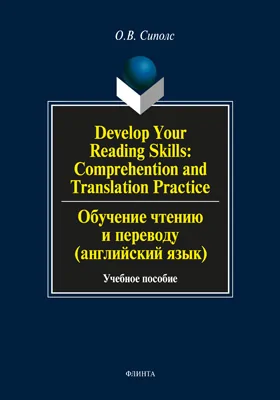
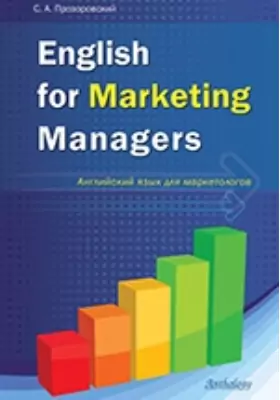
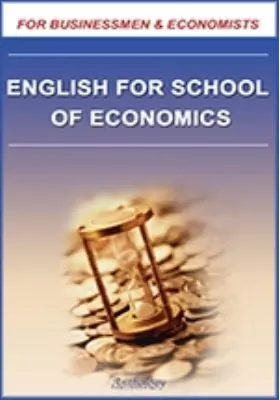
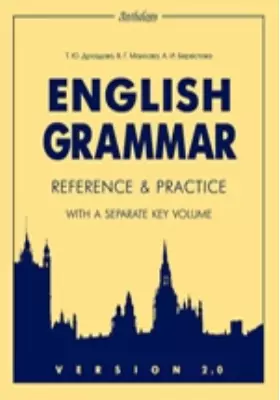

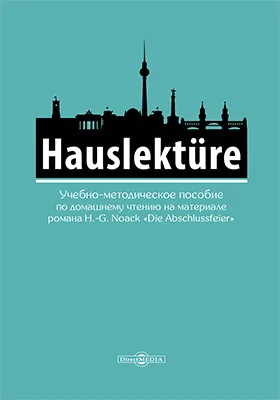




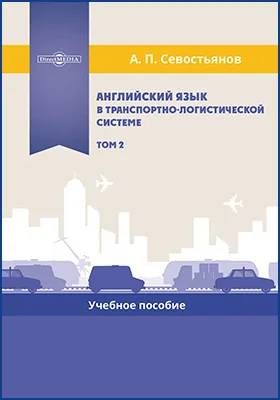
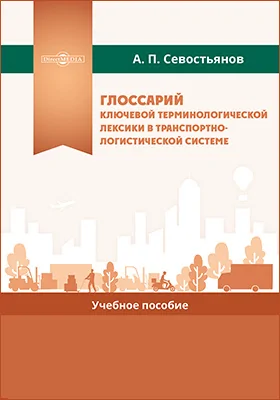
Бестселлеры нон-фикшн


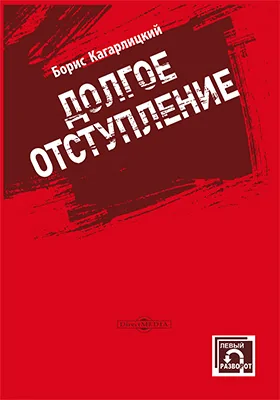

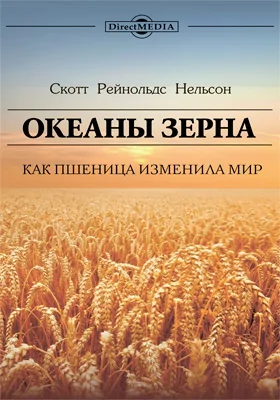

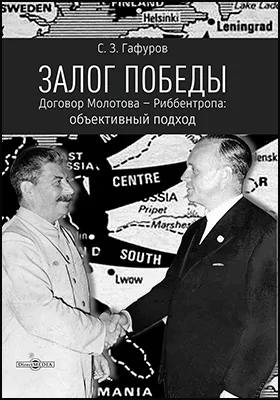

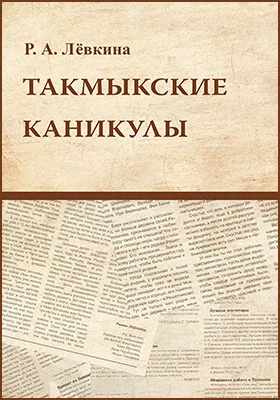
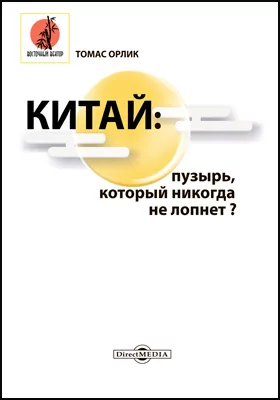



Новинки книги нон-фикшн
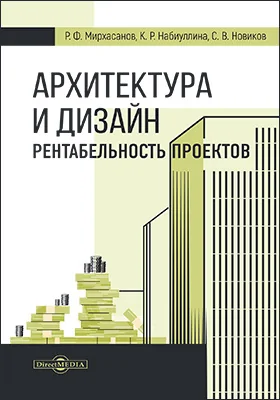

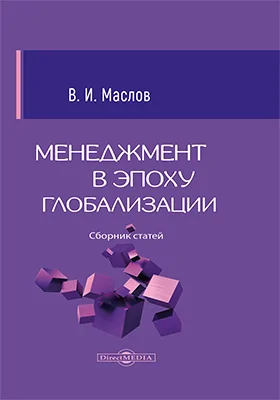


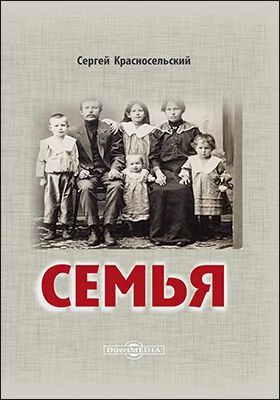




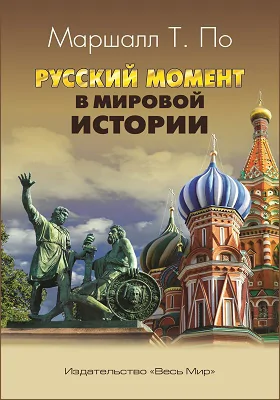

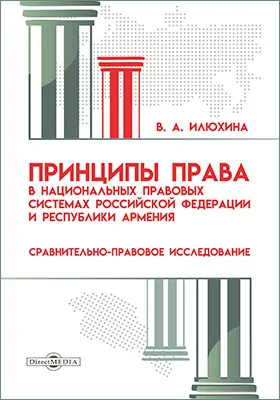
и мы свяжемся с вами в течение 15 минут
за оставленную заявку

